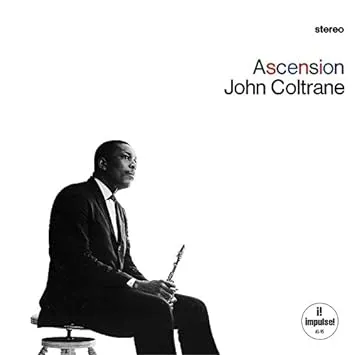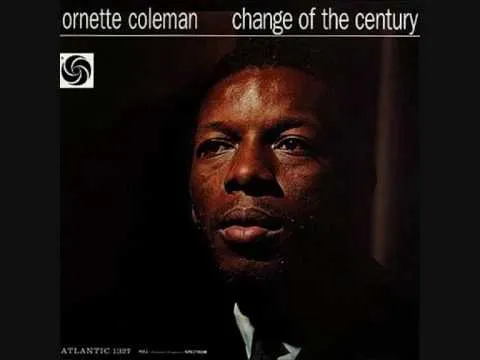Ornette Coleman (alto sax), Don Cherry (pocket trumpet), Charlie Haden (bass) and Billy Higgins (drums). From the album Change of the Century (1960).
Classically trained pianist Cecil Taylor, whose influences were Thelonious Monk and Horace Silver, was also interested in free jazz. This led him to record Unit Structures in 1966, whose tracks were composed without notated scores, conventional jazz meter or harmonic progressions. Albert Ayler also established the foundations of free jazz along with Coleman and Taylor. He brought the jazz language to its maximum limits by focusing on microtonal improvisation and making squawks and howls with his instrument to produce multiphonic effects. However, his compositions presented simple melodies that reminded folk music and explored them through his avant-garde style. His most important album was Spiritual Unity from 1965.

The work of these three musicians influenced others, such as John Coltrane, who played in the field of post-bop and modal jazz, but in 1965 recorded Ascension adding six wind players and a second bassist to his regular quartet. In the only long composition, free solo improvisations are exchanged with passages of collective improvisation and he continued to play free jazz on his next albums. Sun Ra also adhered to this style by recording The Heliocentric Worlds of Sun Ra and The Magic City in 1965. In these works he placed timbre and texture above meter and harmony, and used a broad variety of electronic and innovative percussive instruments.

This theme is vertiginous and frenetic. After its exposure, Coleman plays choppy and incoherent phrases while Haden increases the speed of his accompaniment. Next Cherry enters making an equally hurried and chaotic solo, in the purest free jazz style, and to close the group re-exposes the theme.
© Atlantic Records

